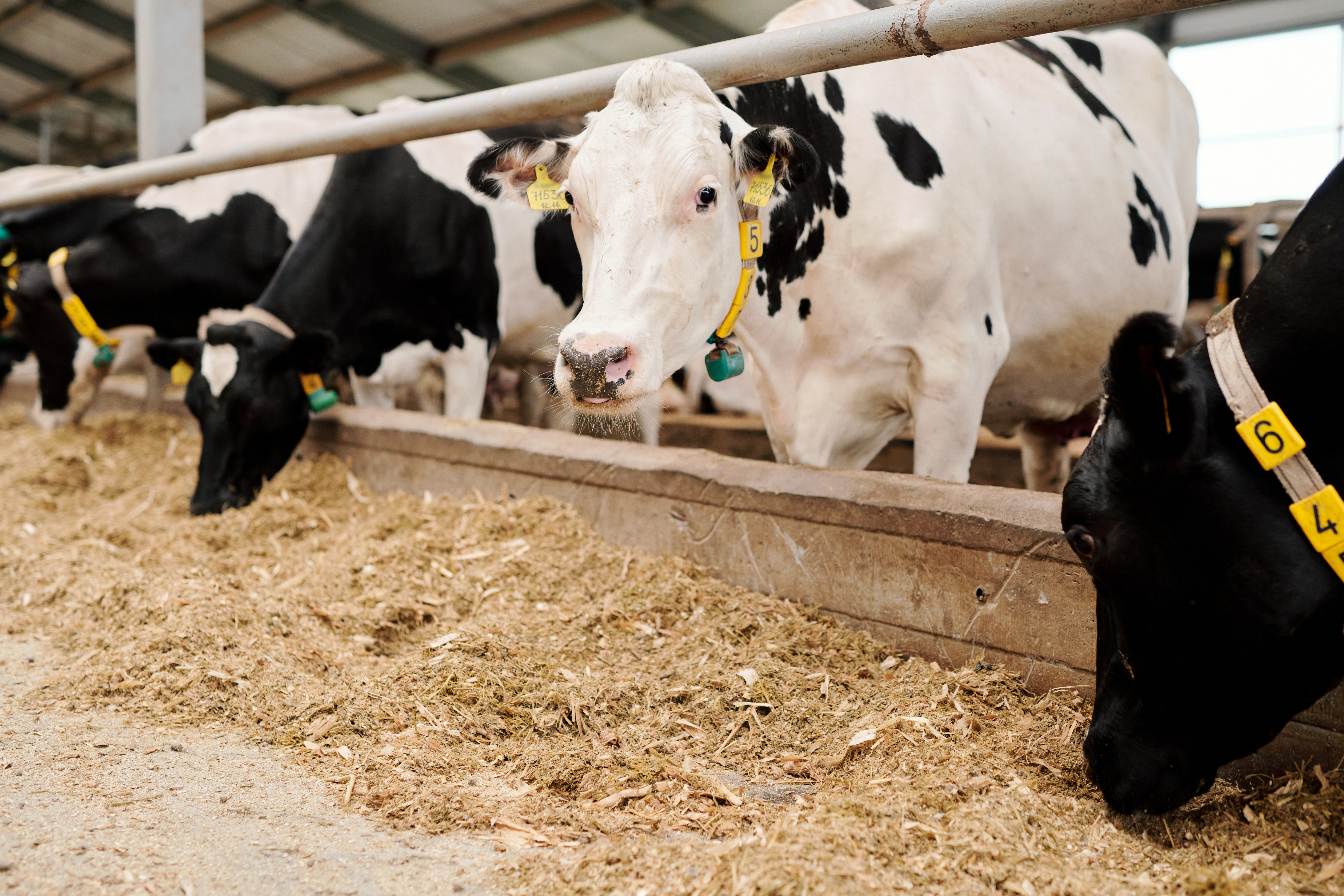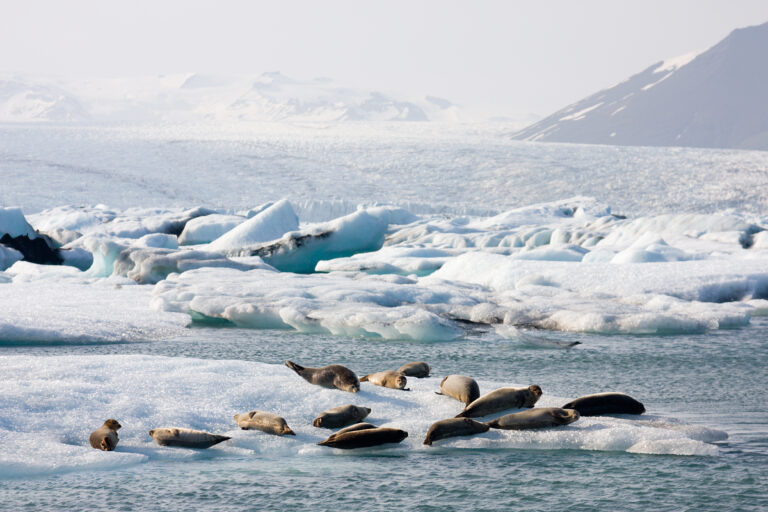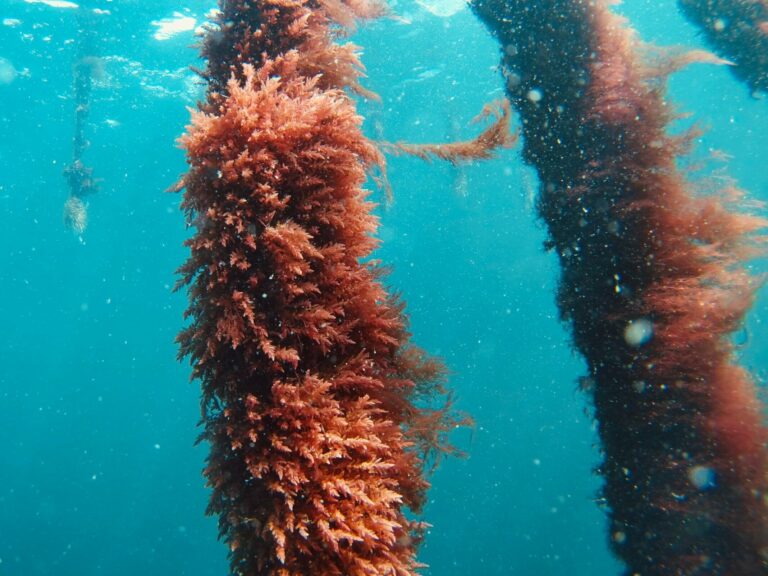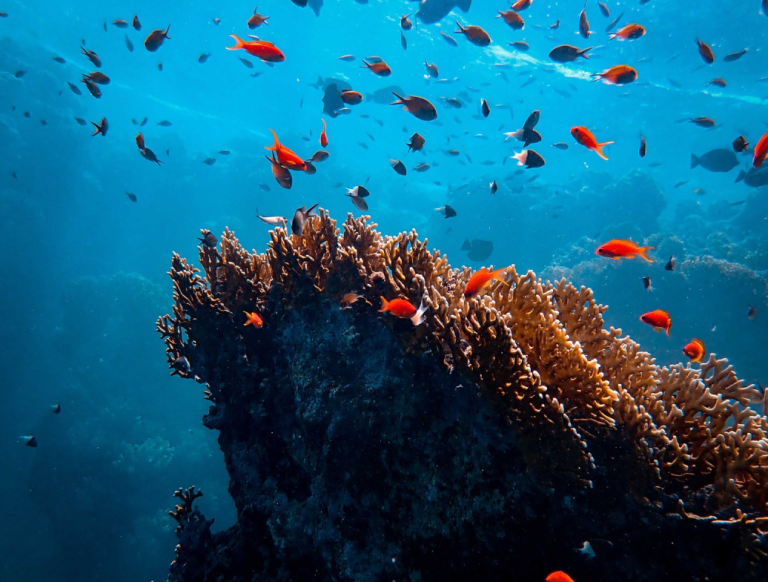As we explore the logistics of farming and processing kelp, we’ll uncover the secret behind its quick growth rate, making it a promising solution for various industries. Let’s dive in and discover the wonders of this sea vegetable and how it’s revolutionising sustainable agriculture and more.
Quick Growth Rate: Nature’s Efficient Miracle
One of the most astounding features of kelp is its rapid growth rate. Unlike traditional crops that take several months to mature, kelp can grow up to half a meter per day under the right conditions. This incredible pace of growth makes kelp an ideal candidate for sustainable farming practices.
The secret behind kelp’s quick growth lies in its ability to harness the power of photosynthesis efficiently. Kelp has large, gas-filled bladders that keep the plant buoyant, allowing it to reach up towards the sunlight for optimal photosynthesis. As a result, kelp can convert sunlight and carbon dioxide into energy and oxygen rapidly.
The Kelp Farming Process
Farming kelp involves a straightforward and eco-friendly process. It begins with the selection of suitable coastal areas with the right water conditions, such as temperature, salinity, and nutrient levels. Once identified, kelp seeds, known as spores, are sown onto ropes or nets that are suspended vertically in the water column.
As the kelp grows, it attaches to the ropes or nets and forms dense underwater forests, known as kelp forests. These forests provide valuable ecosystem services, acting as nurseries for various marine species and sequestering carbon dioxide from the atmosphere.
Kelp requires no additional inputs like freshwater, fertilisers, or pesticides, making it a low-impact and sustainable crop. Its quick growth rate and minimal resource requirements make it a viable solution for food production, biofuels, animal feed, and even as a raw material for industrial products.
Harvesting and Processing
When the kelp reaches the desired maturity, it’s time for harvesting. The harvest is carried out by cutting the kelp close to the water’s surface, ensuring that a portion remains to facilitate regrowth. Harvested kelp is then brought to processing facilities where it undergoes various treatments, including drying, milling, and extracting valuable components like alginate, which is widely used in the food and pharmaceutical industries.
Kelp processing emphasiaes sustainable practices, aiming to minimise waste and energy consumption. Residual parts of the kelp that aren’t used for primary products can be repurposed as compost or animal feed, further enhancing the eco-friendliness of the process.

Environmental Benefits of Kelp Farming
The environmental benefits of kelp farming are manifold. One of the most remarkable contributions of kelp is its potential to reduce climate change. As kelp rapidly grows, it actively absorbs vast amounts of carbon dioxide from the atmosphere during photosynthesis. By sequestering carbon dioxide, kelp helps mitigate the greenhouse effect, a leading cause of global warming.
Moreover, kelp forests act as “blue carbon” sinks, capturing and storing carbon in the same way that forests do on land. These underwater ecosystems play a crucial role in offsetting carbon emissions and preserving the delicate balance of our planet.
As mentioned earlier, kelp forests provide vital habitat and refuge for marine life, contributing to biodiversity conservation. Furthermore, kelp farming can play a role in reducing overfishing. With the potential to produce abundant food and feed, kelp can relieve the pressure on wild fish stocks, promoting more sustainable fishing practices.
Conclusion
Kelp farming and processing present a remarkable model of sustainable agriculture and resource utilisation. From its quick growth rate to its wide array of applications, kelp has the potential to transform various industries while contributing positively to the environment.
At Ocean Paddock, we embrace the marvels of kelp and strive to share its benefits with the world. By cultivating and processing kelp responsibly, we can harness the power of the ocean in a way that nurtures both people and the planet. Let’s work together to create a brighter, greener future through the fascinating world of kelp!



